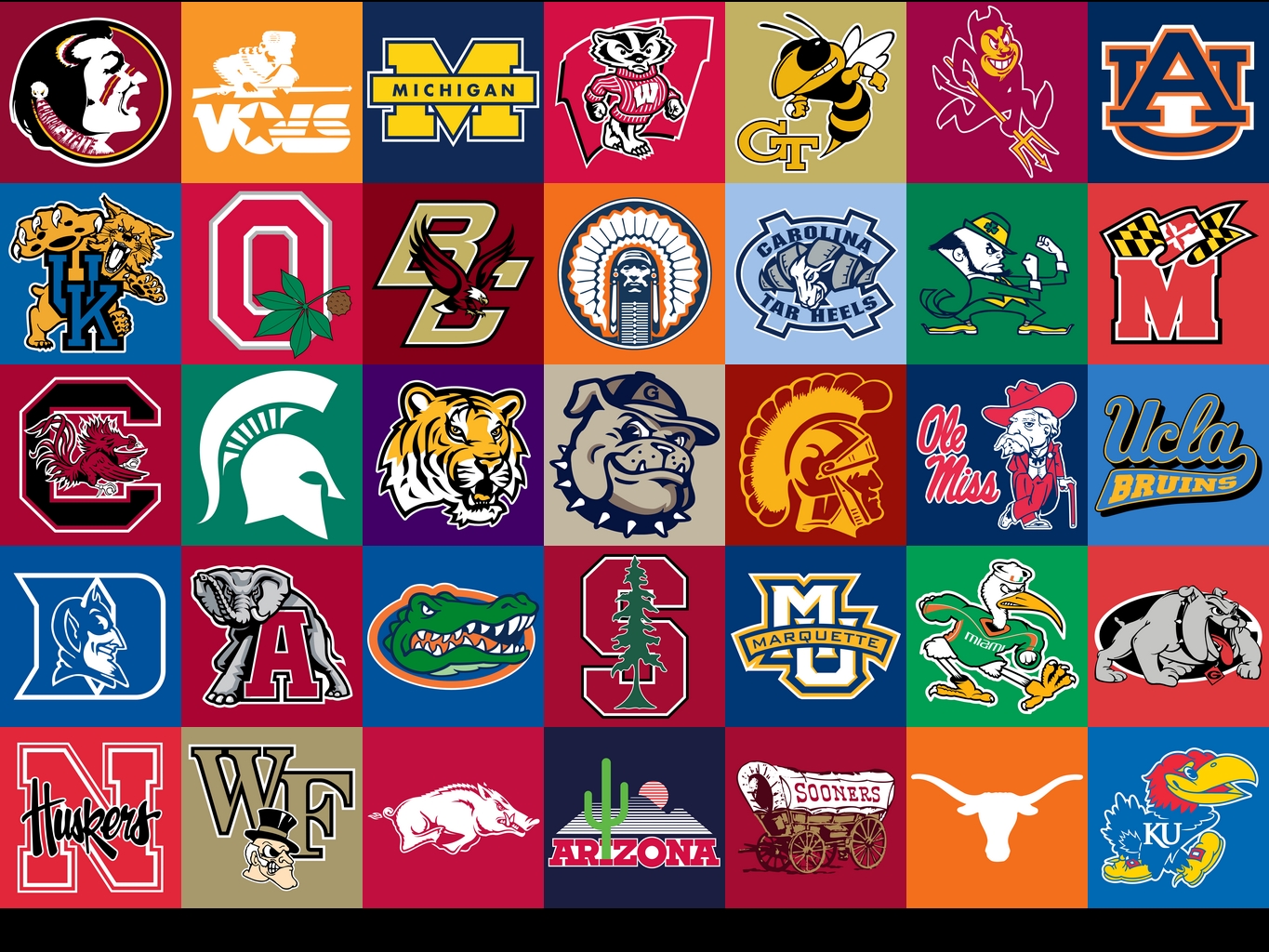Foreign Students and the U.S. Higher Education Admissions Market
Let’s assume that a Chinese family, anxious to provide their child with a world-class education, searches the web to determine where to start. They also base their search on anecdotal reports of friends, among numerous other factors. But the Chinese family is unlikely to visit the United States to participate in an extended college tour to allow the child to “know it when you see and feel it” before making a choice of where to attend college in America.
Students across the globe repeat this experience each day.
How then do American colleges and universities compete for growing foreign student markets as a way to infuse talent, diversity, and often cash to meet the college’s strategic goals and add revenue to their bottom line?
The fact is that American colleges and universities, especially smaller ones known for personalized attention, good counseling, and strong alumni networks, are doing a miserable job at recruiting students that they would welcome and who would add tremendous value to the campus community.
There are four problems.
First, American college and university enrollment officers note that foreign recruitment is expensive and the rate of return may take a number of years to play out. As they ration enrollment resources, the support necessary to build out a foreign profile is difficult to find, sustain and administer.
Second, many choose an incremental step by hiring a single foreign student admission officer, narrowing their search to familiar patterns like visiting prospective applicants at “Americans Schools” abroad often disproportionately geared to American expatriate families, or participating in a consortium of schools on annual jaunts to targeted areas that respect American higher education with students whose families have the discretionary income to support full-pay tuitions in America.
The third approach is to use any number of for-profit ventures to assist in foreign student recruitment. This approach is controversial, of course, because most enrollment experts present the approach that typically includes a sizeable cash payment to the for-profit per capita, as a “bounty hunter” arrangement. Until the for-profit sector modifies its business plan, payment schedule, pattern of service delivery, and marketing and communications strategy, these criticisms are likely to continue.
And finally, there is an understandable preference for “brand” name colleges and universities among foreign students, especially in the sciences, business and engineering. A recent Academic Ranking of World Universities illustrates this point.
In this academic ranking, American universities accounted for eighteen of the top twenty-five institutions listed. Harvard University topped the list and continues as the gold standard in the survey results. Two British universities Cambridge (5) and Oxford (9) secured top ten spots but the German universities barely made it into the top fifty among those listed. Interestingly, there is no differentiation between public and private among American universities. Further, while a few small research universities made the cut like Rice and Johns Hopkins, the list contains no American liberal arts colleges.
In fairness to those not listed, the ratings methodology focuses on the sciences and engineering, including measurement categories like the number of alumni and staff winning Nobel laureates and Fields Medals at each institution and their papers cited in Nature and Science. These measurement categories do not likely affect the quality of undergraduate education. The problem is, of course, that families and prospective applicants may not discriminate by measurement standards that effectively confuse the undergraduate and graduate experiences when terms have very different meanings to prospective applicants in different countries.
Lists like the Academic Ranking raise a larger question about how best to communicate quality by developing a global brand. As Dr. Joey King, a Distinguished Fellow at the National Institute for Technology in Liberal Education suggests: “The lack of brand recognition seems to be worldwide. These markets will be tough to crack for most US institutions, especially those who turn to foreign nationals as a building block for increasing enrollment. The tragedy is that at the undergraduate level selective liberal arts colleges, particularly for those with students who speak English as a second language, are just as effective as selective research universities.”
To address the name recognition issue, American colleges and universities must adopt different strategies to reflect how families and prospective students perceive them abroad. To this end, here are six suggestions for American colleges to attract foreign students:
- Market to what matters to them on terms that they accept and understand when it is consistent with your mission and approach;
- Focus on outcomes, including graduate, alumni networks, internships and externships, and job placement after graduation;
- Think how consortial approaches – for example, excellent undergraduate engineering institutions banding together by academic program – can create efficiencies and economies of scale;
- Stratify the foreign market since urban research universities may not appeal, for instance, to rural Chinese or South Korean families;
- Emphasize the personal approach, especially to students who might be overwhelmed by a first educational experience in America or for whom English is a secondary language; and
- Work with faculty to tweak the curriculum and student service experience to mimic successful diversity initiatives like Posse.
New enrollment patterns will require greater attention to how colleges find students and fill their classes. At most traditional undergraduate institutions, some combination of legacies, student athletes, transfers especially from two-year colleges, and foreign students will complete and round out the admissions profile. American higher education must become more innovative and entrepreneurial in attracting foreign students.
The brand matters, especially on a global scale.
Original Post: http://www.huffingtonpost.com/dr-brian-c-mitchell/foreign-students-and-the_b_5821444.html
Author:Dr. Brian C. Mitchell


